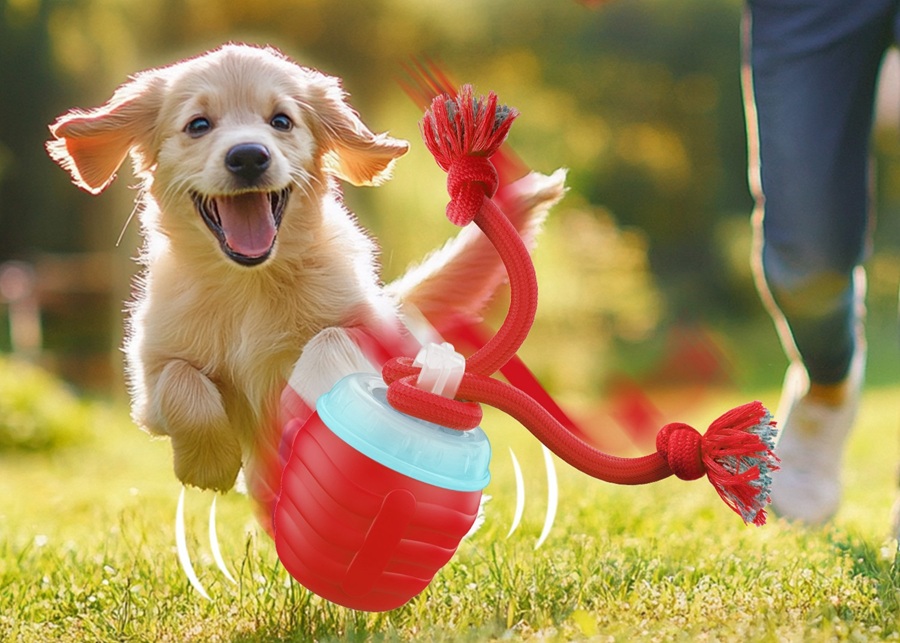Are you considering adding moving dog toys to your product line? You know the potential, but the technical questions and manufacturing risks can feel overwhelming, stalling your decision.
The best moving dog toys solve pet owner’s problems like guilt and anxiety. They use smart features like irregular movement and durable, safe materials. This creates a high-value product that boosts brand reputation and commands a premium price, making it a smart investment for your business.
I understand that as a brand owner or buyer, you need more than just product pictures. You need solid business answers. You’re thinking about profit margins, market competition, quality control, and the risks involved. You need a partner who understands that a toy isn’t just a toy; it’s a reflection of your brand. In my years of experience, I’ve seen brands succeed and fail based on how they answer these questions. This guide is built to give you the clear, direct answers you need to make the right decision for your business. Let’s walk through this together, step by step.
What Exactly Are "Toys That Move"?
Feeling lost in the variety of moving toys? It’s hard to know which type represents the best investment for your specific brand and budget without a clear framework.
Think of moving toys not just by what they do, but by their business potential. They fall into three main investment categories: basic mechanical, standard electronic, and smart interactive. Each has different costs, market positions, and profit opportunities, defining your entry strategy.
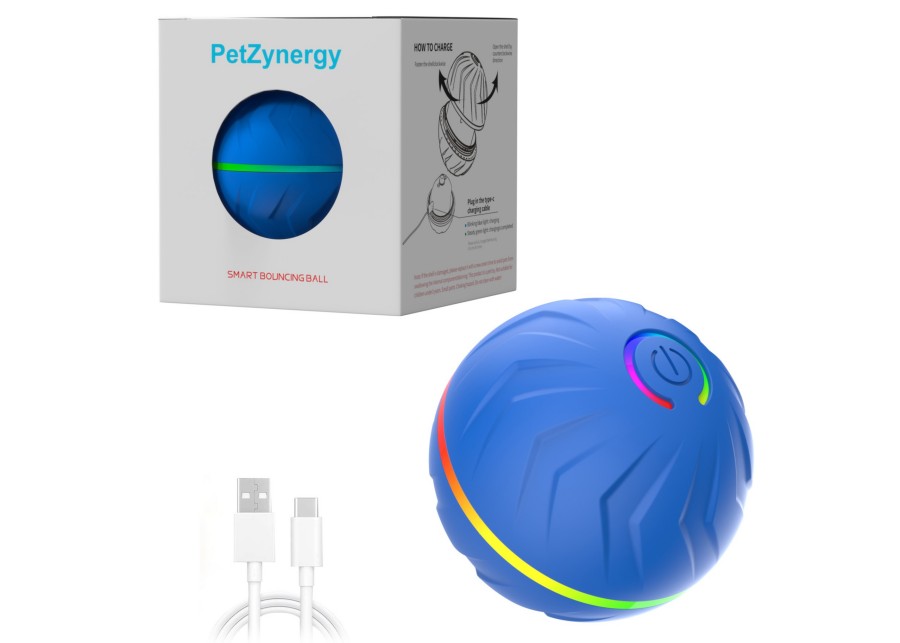
When we look at these toys from a business perspective, they stop being just products and become strategic assets. It’s not about just "a rolling ball" or "a wiggling fish." It’s about where you want to position your brand and what kind of return you expect. We can break them down into clear commercial categories to help you decide.
A Market Investment Guide
| Toy Category | Manufacturing & Tech | Target Market & Profit | Strategic Value |
|---|---|---|---|
| Basic Mechanical | Low mold costs, no electronics. Think wobble toys or gravity-powered balls. Simple and reliable technology. | Ideal for entry-level brands or mass-market retailers. Competition is high, so profit depends on volume and efficient supply chains. | A low-risk way to enter the market quickly and test consumer demand before committing to higher-cost products. |
| Standard Electronic | Mid-range costs. Involves standard motors, USB-rechargeable batteries, and simple motion patterns. This is the largest market segment. | Caters to the average pet owner. A high-demand category, but very competitive. Success hinges on great design and cost control. | A solid core product for any pet brand. The key is to find a unique design or feature to stand out from the crowd. |
| Smart Interactive | Highest cost and complexity. Uses sensors, Bluetooth, or complex algorithms for truly interactive play. | Targets tech-savvy pet owners and commands a premium price. Lower competition due to the high technical barrier. | A "halo product." This is how you build a reputation as an innovative, high-end brand and establish yourself as a market leader. |
Understanding this framework allows you to see the market not as a confusing mess of products, but as a clear map of opportunities. You can choose the path that aligns perfectly with your brand’s goals and budget.
Why Are They a Strong Bet for Your Pet Brand?
You see moving toys are popular, but is it a fleeting trend? You need to be sure this category offers long-term value and a real connection with customers before investing.
Moving toys are a strong bet because they solve deep emotional problems for modern pet owners: guilt from being away, anxiety about destructive behavior, and the desire for their pet’s happiness. Your product becomes a solution, creating strong brand loyalty and pricing power.
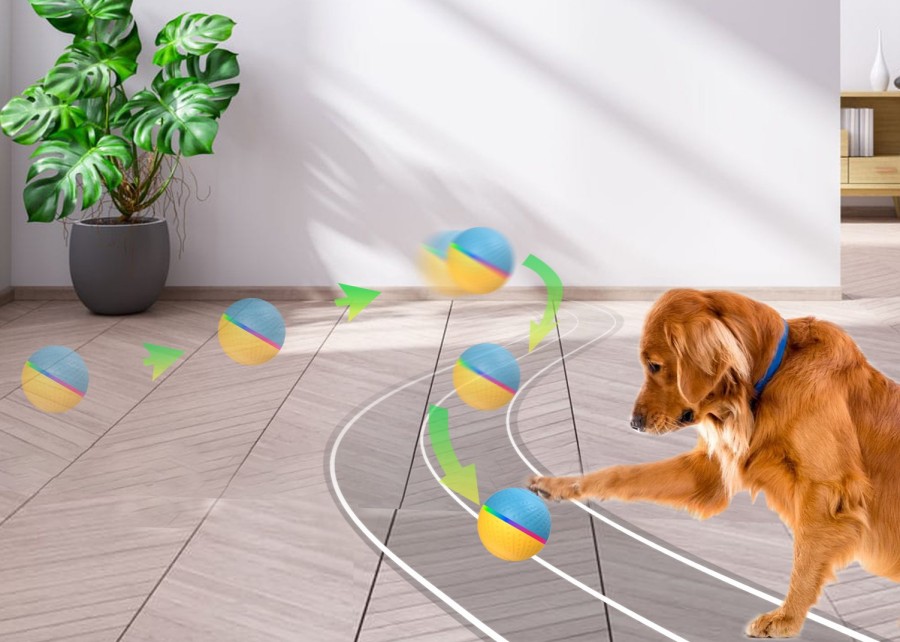
This product category goes far beyond simple play. To truly grasp its business value, we need to look at the powerful emotions driving the purchase. Modern pet owners are not just buying a toy; they are buying peace of mind and a way to express their love. When your product can solve a deep-seated emotional need, it becomes essential. This is where you build a powerful brand.
Let’s break down these consumer pain points and translate them directly into business value for your brand.
-
Solving the "Guilt" Problem: Many owners feel guilty leaving their dogs alone all day. A toy that moves on its own provides stimulation and companionship.
- Business Value: Your product is no longer a simple distraction; it’s a "surrogate companion1." This emotional benefit allows for a higher price point. Customers aren’t just paying for plastic and a motor; they’re paying to feel like a better pet parent. This is the foundation of a premium brand.
-
Solving the "Anxiety" Problem: Owners worry their bored dog will chew furniture, bark excessively, or develop separation anxiety. An engaging moving toy redirects this energy into positive play.
- Business Value: Your product now has a clear functional purpose. It’s a tool for "behavior management2." This creates a needs-based demand, making it a recurring purchase and a product that earns rave reviews for "saving" someone’s couch or quiet apartment.
-
Fulfilling the "Expectation" Problem: Every owner wants their pet to be happy, healthy, and smart. An interactive toy that challenges a dog’s mind and body fulfills this desire.
- Business Value: This transforms your brand into a partner in the pet’s well-being. It generates fantastic social media content—videos of dogs joyfully playing—which is authentic, user-generated marketing3. This word-of-mouth potential is invaluable for building brand trust and community.
What Features Define a Best-Selling Moving Toy?
You want to create a winner, but what specific features actually drive sales? It’s easy to get lost in technical specs without knowing which ones customers truly value and pay for.
A best-seller isn’t about having the most features, but the right ones. Key drivers are unpredictable movement to keep dogs engaged, smart power management for convenience, and material durability that owners trust. These elements create a superior user experience that justifies the purchase.
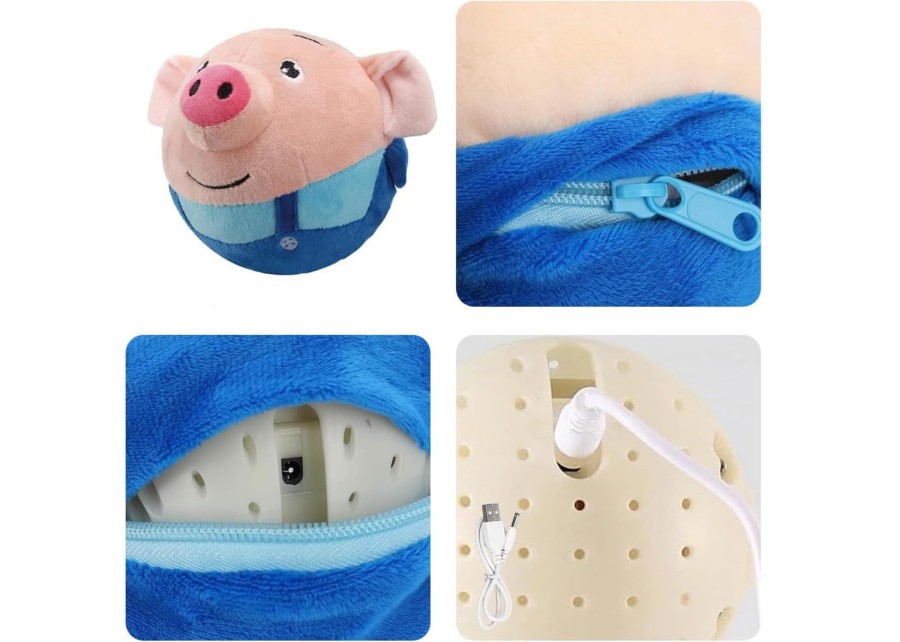
Thinking like a top product manager means going beyond the feature itself. We must connect each feature to a clear advantage for the user and, most importantly, a tangible business benefit for your brand. This "Feature-Advantage-Benefit" thinking is how we design products that don’t just sell, but create loyal fans. Let’s look at a few critical features through this lens.
The Blueprint for a Blockbuster Toy
| Feature | Advantage (For the Customer) | Business Benefit (For Your Brand) |
|---|---|---|
| Irregular Movement Patterns | The toy’s unpredictable path mimics prey, constantly triggering the dog’s natural hunting instincts and preventing boredom. The dog stays engaged for much longer sessions. | Drastically increases daily use and positive reviews. Great for social media videos, driving organic marketing. Lower return rates because the dog doesn’t "get bored" of it. |
| Smart Power Management | An "auto-rest" mode (e.g., 10 mins on, 30 mins off) prevents over-stimulation and extends battery life for a full day. USB-C charging is a modern, convenient standard. | Positions the product as "thoughtfully designed." Reduces complaints about short battery life. Aligns your brand with modern tech standards, enhancing perceived quality. |
| Multi-Material Texture | Combining hard plastic with softer, bite-friendly rubber provides varied sensory feedback. It makes the toy more interesting for the dog to bite, carry, and interact with. | Allows for a more premium design and feel. Increases perceived value and justifies a higher retail price. Differentiates your product visually and texturally from cheaper, single-material competitors. |
By focusing on features that deliver real benefits, you create a product that customers love and recommend. This is far more powerful than simply adding more functions for the sake of it.
How Do You Ensure Both Safety and Durability?
You know a product failure can be a disaster. A toy that breaks easily leads to bad reviews, while a safety issue could destroy your brand’s reputation overnight. How do you prevent this?
View safety and durability not as features, but as brand reputation insurance. You achieve this by controlling material sourcing with proper certifications (like RoHS) and validating structural design with engineering simulations before production ever begins. This is non-negotiable risk management.
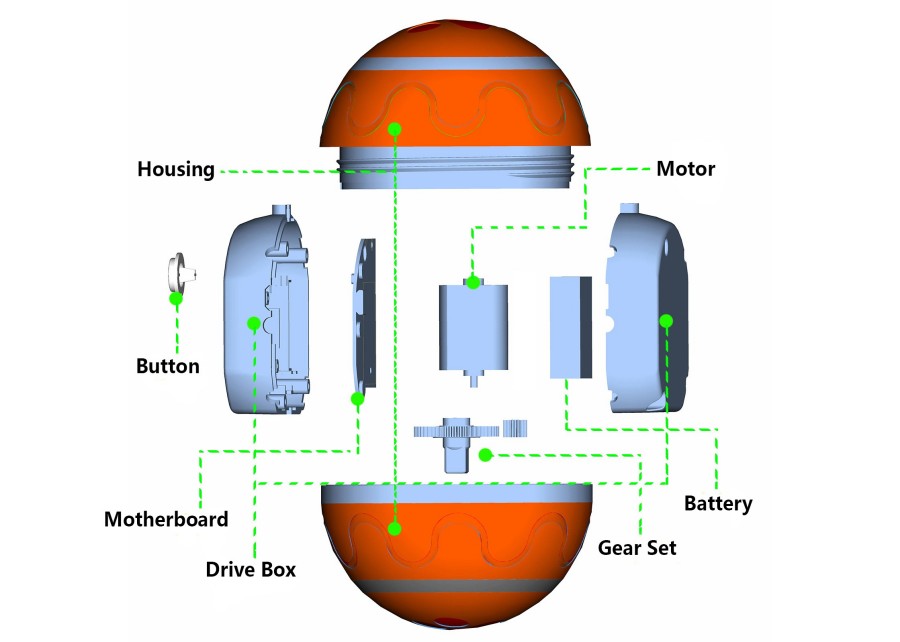
For a B2B buyer, a durable and safe toy is about more than just quality. It’s about managing risk. A high return rate due to a toy breaking in a week will erase your profit margin. A single safety incident reported on social media can cause irreparable damage to the trust you’ve worked so hard to build. At our core, we see our job as not just manufacturing your product, but protecting your brand.
We tackle this from two critical angles:
-
Material-Level Risk Mitigation: This is the foundation of safety. Before we even discuss design, we focus on the raw materials. We ensure that all plastics, rubbers, and electronic components are sourced from reputable suppliers who can provide full documentation. This means demanding certifications like REACH or RoHS, which screen for harmful substances. This isn’t just a box to check; it’s the first line of defense in preventing a material-related safety crisis and ensuring the product is safe for pets to chew on.
-
Structural-Level Risk Mitigation: A toy can be made from safe materials but still break easily if poorly designed. This is where engineering comes in. For our ODM projects, we can use computer-aided design tools to run simulations. We can model the forces of a strong dog’s bite or the impact of the toy repeatedly hitting a hard floor. This allows us to identify weak points in the structure and reinforce them before we even create a physical prototype. This proactive approach to durability dramatically reduces the chance of field failures and negative reviews.
What Are the Core Technologies Inside These Toys?
You hear terms like "brushless motor" and "BMS," but what do they really mean for your product? Understanding the core tech helps you make informed decisions about cost, performance, and market positioning.
The core technology—motor, battery, and sensors—directly dictates the toy’s performance, safety, and cost. Choosing a better motor improves user experience for a premium product, while a quality battery management system (BMS) is crucial for safety and longevity.
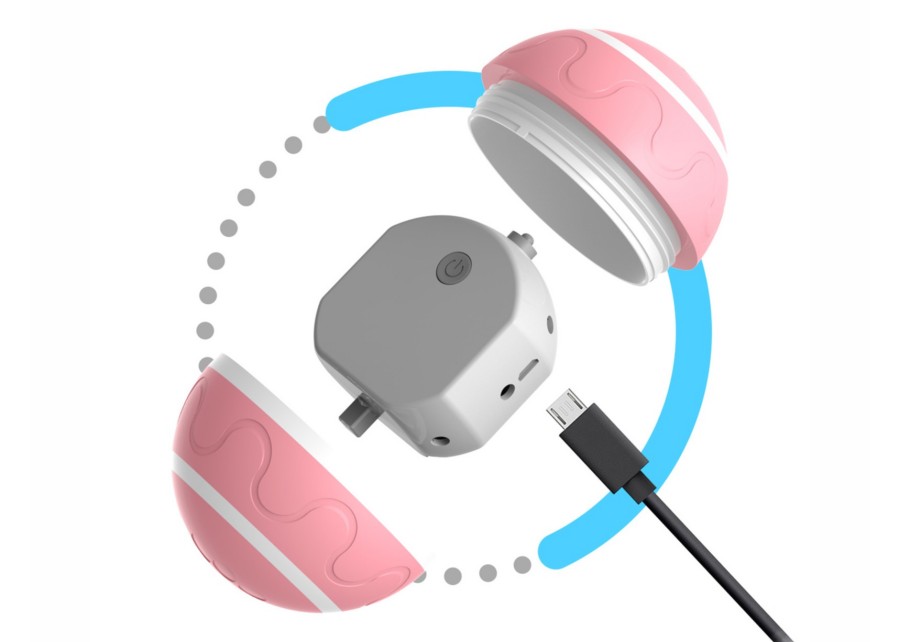
Let’s open up the black box. As your manufacturing partner, we believe in transparency. Helping you understand how technology impacts your product’s cost and quality is key to building a successful partnership. It allows you to make strategic choices instead of just accepting a default configuration. Here’s a straightforward look at the key components and the trade-offs involved.
A Transparent Look at Tech and Costs
-
The Motor: Performance and Perception
- Standard Brushed Motor: This is the common, lower-cost option. It gets the job done for most toys. However, it can be noisier and has a shorter lifespan due to physical "brushes" wearing out.
- Upgraded Brushless Motor: This motor is quieter, more efficient, and lasts significantly longer. The cost can be 20-30% higher than a brushed motor.
- The Business Decision: For a standard, mass-market toy, a brushed motor is often sufficient. But if you are building a premium product, the quiet operation and durability of a brushless motor are features that justify a higher retail price and enhance the user experience.
-
The Battery: Safety and Longevity
- The Lithium-Ion Cell: The quality of the cell itself determines the base capacity and lifespan.
- The Battery Management System (BMS): This is the small circuit board attached to the battery. It is arguably the most critical safety component. A good BMS protects against overcharging, over-discharging, and short circuits, preventing potential fire hazards. A cheaper toy might skimp here, using a very basic protection circuit or none at all.
- The Business Decision: This is an area where cutting costs is extremely risky. Investing in a quality battery cell with a robust BMS protects your customers and your brand from catastrophic failure. It’s a small increase in unit cost for a massive increase in safety and reliability.
How to Turn Your Unique Idea into a Real Product?
You have a brilliant idea for a toy, but the path from a concept in your head to a real, sellable product seems complex and intimidating. How do you even start?
We treat the journey from idea to product as a collaborative adventure. It starts not with a price quote, but with a conversation to refine your vision. Through iterative design, prototyping, and testing, we become your partner in turning that spark into a successful product.
The ODM (Original Design Manufacturing) process should be exciting, not scary. I remember working with a client, let’s call him Alex. Alex was a brand owner in the sports equipment space and came to us with what seemed like a simple object: a durable rubber ball. But his idea was anything but simple. He envisioned transforming this basic ball into a smart, interactive toy that could engage even the most energetic dogs.
His vision was a "dual-mode" ball. In one mode, the owner could use a remote control for active, one-on-one play. In the second "auto" mode, the ball would move on its own with unpredictable patterns, keeping the dog entertained when the owner was busy. He wanted to take the simple joy of a ball and elevate it with technology.
Our journey together didn’t start with me sending a price list. It started with a deep discussion. We asked: Who is the target dog? A small terrier or a large retriever? This affects the durability requirements. What is the ideal play time? This determines the battery size. We went through three major design iterations. The first prototype was functional but a bit noisy. We worked on the internal housing to dampen the motor’s sound. The second prototype had great performance, but Alex felt the texture could be more engaging. We sourced a new rubber composite with a more satisfying feel. Finally, the third sample was perfect. When Alex held it, he knew we hadn’t just manufactured his product; we had helped him realize his vision. That’s the partnership that turns a great idea into a market success.
How Can You Guarantee Quality in Mass Production?
You’ve approved a perfect prototype. But your biggest fear is that the final mass-produced order won’t match the quality you signed off on. How can you be sure?
We guarantee quality with our "Golden Sample" protocol. You keep a sealed, perfect reference sample. At every key stage of mass production, we provide photo and video proof comparing the live production units to this golden sample, ensuring what you approved is what you get.
The fear of a quality drop-off between the sample and the bulk order is one of the biggest sources of anxiety for B2B buyers. It’s a valid concern. We’ve built our entire quality assurance process around eliminating this fear and providing you with complete transparency and control, even from thousands of miles away. We make the abstract idea of "quality control" a concrete, visible process.
Here’s how our "What You See Is What You Get" agreement works in practice:
-
The Golden Sample Agreement: Once you approve the final pre-production prototype, we prepare two identical units. One is sent to you, which you keep sealed as the "Golden Sample." The other remains with our QC team as the identical master reference. This sample is the single source of truth for the entire production run.
-
Visible Checkpoints: We don’t just "do QC" in a back room. We show you. At critical milestones, you get a report.
- Raw Materials: We send you photos of the incoming materials, comparing them to the specifications and the Golden Sample.
- First Article Inspection: You’ll see photos and videos of the very first units off the assembly line, with close-ups of key details placed right next to the Golden Sample for direct comparison.
- Pre-Shipment Inspection: Before anything is packed into cartons, we conduct a final random inspection. We pull units and, once again, show you how they match up against the Golden Sample in terms of color, assembly, function, and packaging.
This process ensures there are no surprises. It gives you the confidence that the 10,000th unit will be held to the exact same standard as the perfect sample you hold in your hands.
What Critical Questions Should You Ask a Manufacturer?
You’re ready to talk to potential suppliers. But how do you separate the truly professional partners from the factories that just give you the answers you want to hear?
Ask questions that test their process, not just their price. A top-tier manufacturer can easily explain their material traceability, their process for handling design changes mid-production, and show you real quality control reports from past projects. Their answers reveal their true capability.
The questions you ask are a tool. They are a filter. The best questions are the ones a mediocre supplier will struggle to answer, while a true expert partner will welcome them as a chance to demonstrate their competence. We believe in educating our clients to be discerning buyers because we are confident in our processes. Here is a checklist of questions you should be asking. The quality of the answers will tell you everything you need to know.
The Top Buyer’s Supplier Audit Checklist:
-
"Can you provide a full Bill of Materials (BOM) for this product, including the specific models of the motor and battery management IC?"
- Why it matters: This tests their transparency. A professional factory knows every component and isn’t afraid to share it. A weak answer suggests they may substitute cheaper parts without telling you.
-
"What is your documented process for handling an engineering change request after mass production has started?"
- Why it matters: Things change. This question reveals if they have a formal, controlled process or if it’s just chaotic. A good answer involves impact analysis, re-costing, and formal client sign-off.
-
"Can you show me a recent, unedited QC report for a product with similar complexity?"
- Why it matters: This asks for proof, not promises. It allows you to see what they actually inspect, what they consider a defect, and how they document their findings. It’s a real-world look at their quality standards.
-
"How do you ensure raw material traceability from the supplier to the finished product?"
- Why it matters: This is critical for safety and consistency. A strong answer will involve batch tracking and supplier qualification records. It shows they have control over their supply chain.
-
"If we discover a 5% defect rate upon receiving the shipment, what is your specific procedure for remedy?"
- Why it matters: This pre-negotiates how problems will be solved. It tests their commitment to after-sales support. A good partner will have a clear policy for credit, replacement, or rework.
Conclusion
You now have the expert blueprint. Let Preeminent be your trusted partner to manufacture your vision and grow your brand. Contact us to start your custom toy project.
-
Learn about the emotional benefits of surrogate companions for pets and how they can improve your pet’s quality of life. ↩
-
Discover effective behavior management strategies for pets and how they can prevent destructive behaviors. ↩
-
Understand the power of user-generated marketing and how it can boost your brand’s visibility and trust. ↩

